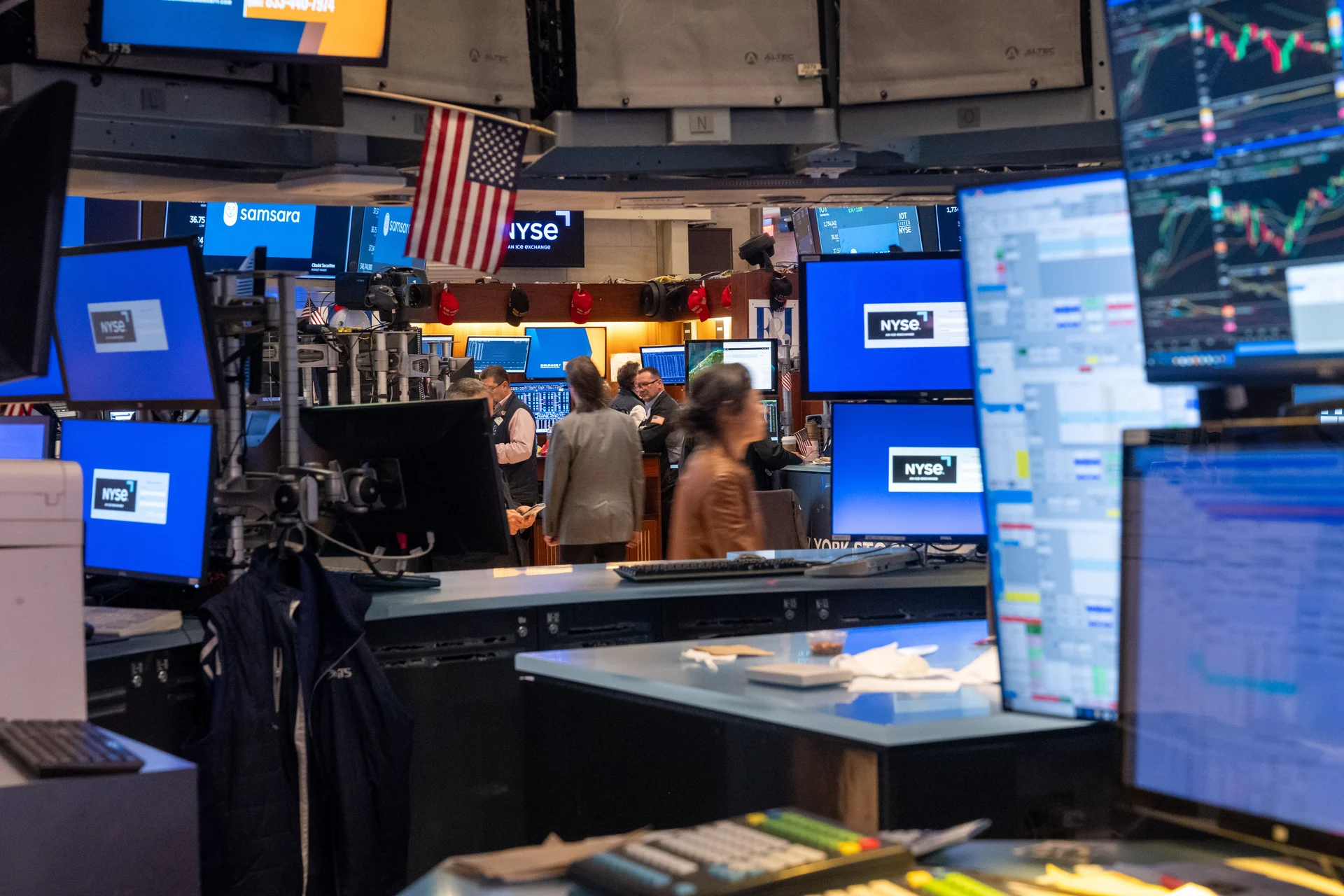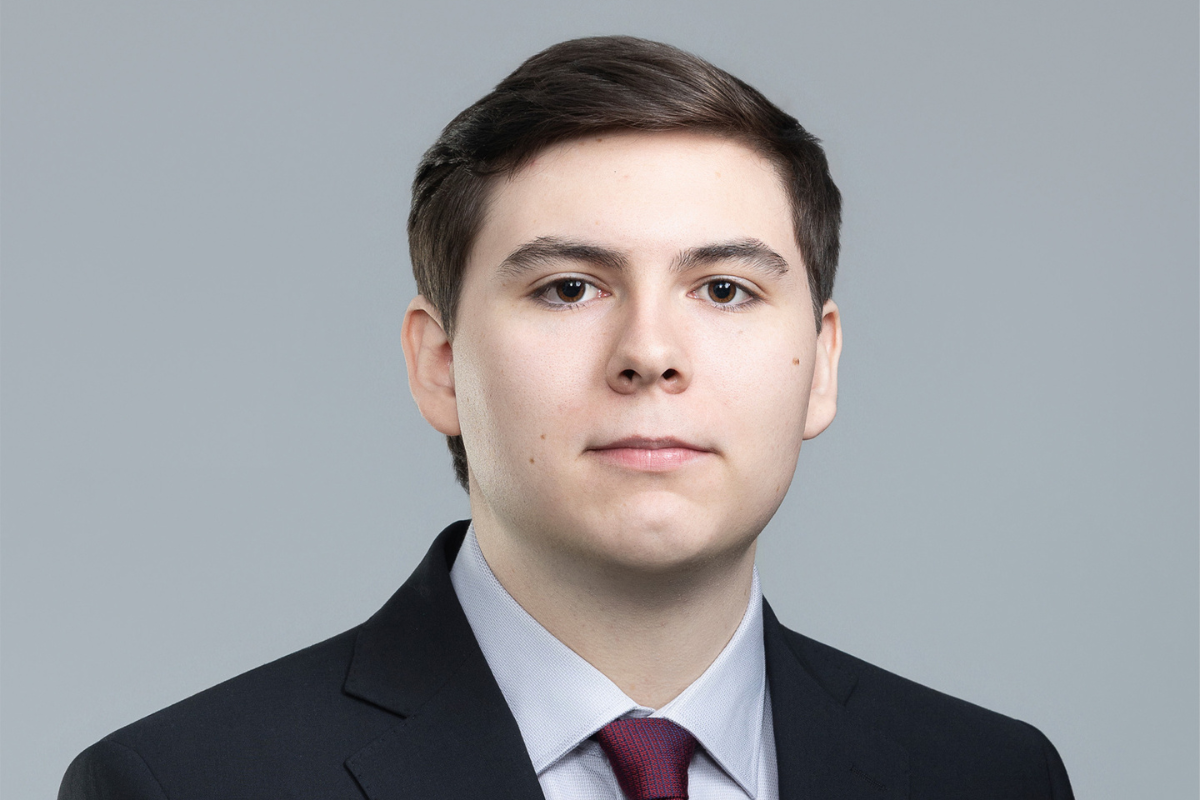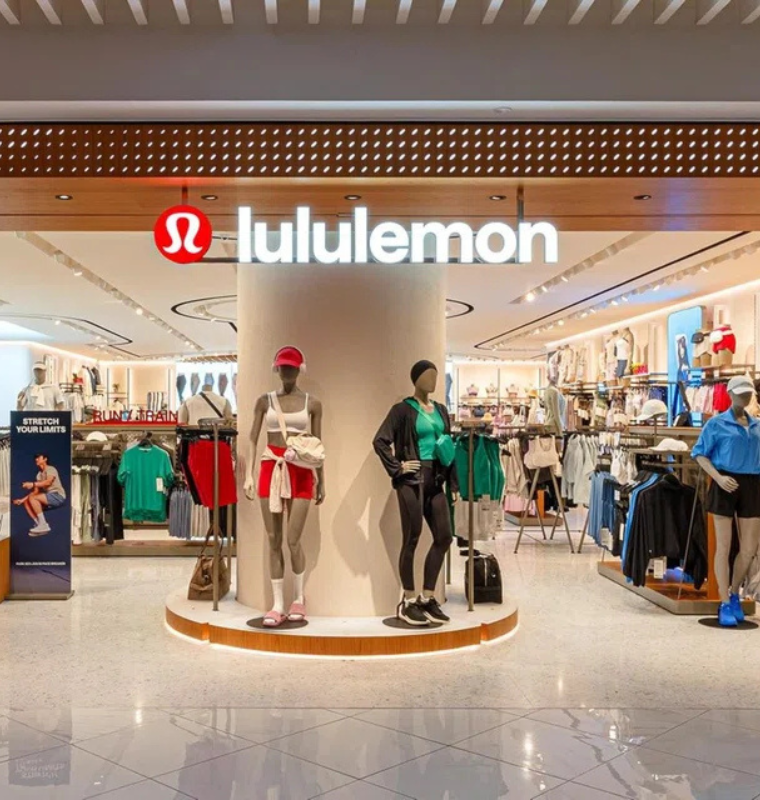Global Hedge Funds Hit Record $5 Trillion as Investors Pour in Cash Amid AI and Rate-Cut Optimism
Global Hedge Funds Hit Record $5 Trillion as Investors Pour in Cash Amid AI and Rate-Cut Optimism
By
David Goldfarb
Last updated:
October 26, 2025
First Published:
November 30, 2025

Getty Images
The global hedge fund industry has reached an unprecedented milestone, with total assets under management (AUM) surpassing $5 trillion for the first time. The surge was driven by robust investment returns, record-breaking capital inflows, and renewed investor confidence amid growing optimism over artificial intelligence, corporate deal-making, and potential interest rate cuts.
Hedge Fund Industry’s Strongest Quarter in Nearly Two Decades
According to Hedge Fund Research (HFR), total AUM stood at $4.98 trillion by the end of the third quarter — a $238.4 billion increase in just three months. Of this growth, $33.7 billion came from fresh capital inflows, marking the largest quarterly net addition since 2007, right before the global financial crisis.
The remaining gains came from solid investment performance across strategies, as hedge funds successfully capitalized on market volatility, the AI-driven tech rally, and the rebound in global mergers and acquisitions activity.
The HFR Fund Weighted Composite Index, tracking over 1,400 hedge funds, climbed 5.4% in Q3 and is now up 9.5% year-to-date, underscoring the industry’s strong momentum through 2025.
Key Drivers Behind the Record Growth
Industry experts point to several forces fueling this historic expansion. Hedge funds have benefited from:
- AI and technology investments: Firms betting early on the generative AI boom — including semiconductor and cloud infrastructure plays — saw outsized gains.
- Mergers & acquisitions: Rising corporate deal activity, especially in tech, defense, and energy, gave event-driven strategies a strong boost.
- Rate-cut expectations: Growing belief that the Federal Reserve and European Central Bank could begin easing policy in 2026 has reignited risk-on sentiment across global markets.
Kenneth Heinz, President of HFR, noted that the “historic growth” reflects a mix of optimism and prudence among institutional investors. “Hedge funds are positioning for both continued market acceleration and potential reversals in equities, commodities, currencies, and digital assets,” he said.
Equity and Macro Funds Lead the Charge
Equity-focused hedge funds emerged as the quarter’s biggest winners. These managers, who trade long and short positions in global stocks, delivered 7.2% investment returns in Q3, driving their collective assets up by $96.7 billion to $1.5 trillion — the largest sub-sector in the industry. Investor confidence remained strong, with $18 billion in fresh inflows targeting stock-picking and thematic equity strategies.
Year-to-date, long/short equity funds have returned 13.6%, outperforming many traditional equity indices and reinforcing their role as the backbone of the hedge fund industry.
Macro hedge funds also gained traction, adding $33.5 billion in total assets during the quarter, including $1.7 billion in new client money. With a 4.7% quarterly return, macro funds have rebounded from early-year losses and now command $759 billion in assets. These strategies, which trade across currencies, interest rates, and commodities, have benefited from volatility in global bond yields and shifting central bank policies.
Institutional Appetite Returns
Institutional investors — including pension funds, sovereign wealth funds, insurance companies, and family offices — are once again increasing allocations to hedge funds after years of muted engagement. Many are seeking diversification amid persistent inflation, geopolitical risks, and uncertainty around global trade.
Analysts suggest that hedge funds’ ability to profit from both rising and falling markets makes them attractive in today’s unpredictable environment. The renewed appetite also signals a return of confidence in active management after years dominated by passive index investing.
What’s Next for the Hedge Fund Industry?
As global markets head into the final quarter of 2025, industry observers expect hedge fund assets to push beyond the $5 trillion mark. Continued optimism around AI, a stabilizing global economy, and the possibility of rate cuts could sustain momentum.
However, risks remain — from geopolitical shocks to sudden market reversals. Heinz emphasized that successful managers are those able to “navigate both risk-on rallies and volatile corrections.”
If current trends persist, hedge funds may close the year not only at record highs but also with the strongest investor inflows in nearly two decades — cementing their resurgence as the go-to destination for institutional capital in a shifting global market.
Popular articles
Subscribe to unlock premium content
Gaming Gold Rush

Luxury on the Streets

The Secret Investment Market of Private Historical Artifacts

Gaming Gold Rush

Luxury on the Streets

Gaming Gold Rush









